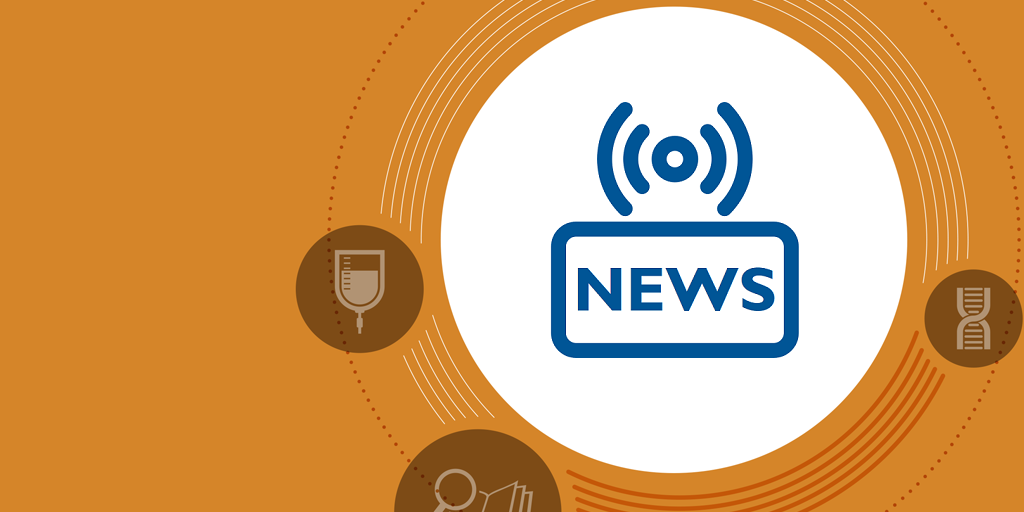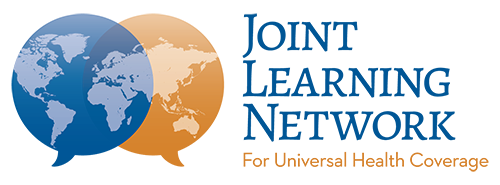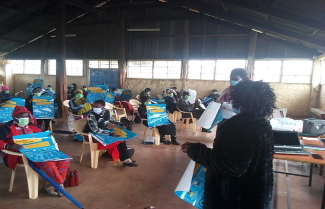Contributors: Agnes Munyua, Alex Ofori Mensah, Batbayar Ankhbayar, Francis Mensah Asenso Boadi, Humberto Silva, and Pavel Manjos. This blog is produced by the Primary Health Care Financing and Payment Collaborative. Governance is an important building block for provider payment and an important requirement for countries to establish strategic purchasers who contribute to health system objectives and further achievement of universal health coverage. In settings with multiple purchasers, several governance actors are often involved in purchasing policy, and in decentralized settings, there may be additional governance arrangements for purchasing at subnational level. Overall, this creates numerous power centers and accountability lines that can create duplication and conflicts in roles between stakeholders. Good governance for provider payment means that clear health system objectives exist, and provider payment policy is set up to meet those objectives; by clarifying the roles and relationships between stakeholders (purchasers, providers, and beneficiaries), gathering input from all stakeholders, and ensuring that mechanisms for dialogue exist. These governance arrangements are operationalized through clear agreements, and platforms exist to gather intelligence about how the governance arrangements are working, in order to learn, adapt and improve them to keep them relevant to changing health system objectives. In many countries represented in the PHC Financing and Payment collaborative, the health financing system includes more than one purchaser of health services. In countries with multiple purchasers of individual health services, governance, and other policy interventions to manage health care purchasing system as well as unified or inter-operable information management systems, are even more important to lower risks of inequitable access to care, reduced financial leverage of any one purchaser over providers and overlapping or inefficient funding flows. (1) In a two-part webinar series on December 1st and December 15th, the Joint Learning Network’s Primary Health Care Financing and Payment Collaborative facilitated a virtual discussion on governance arrangements and monitoring and information systems for output-based provider payment. In the first session, four countries – Argentina, Ghana, Moldova and Mongolia – shared their experiences and lessons strengthening governance systems for output-based payment. Key lessons are summarized below: 1. Clarify health system objectives Setting clear objectives for the health system is the first step in aligning stakeholders to deliver on priorities and is critical in establishing clear lines of responsibility and accountability for population health outcomes and health system performance. In the case of Argentina and Mongolia, Argentina set explicit objectives to achieve equity and reducing disparity across geographic regions, while Mongolia set objectives to contain costs of the health system. To ensure alignment with these objectives, Argentina used contracts between national and provincial level of government to clarify expectations. These contracts were cascaded to the provider level and indicators were set to track their performance. 2. Create mechanisms for dialogue across stakeholders Governance also requires that there are mechanisms for engagement and dialogue among stakeholders. Inclusive, meaningful stakeholder participation means that all stakeholders are invited to the decision- making table and are given a voice, and their views are represented in provider payment policy. In the case of Ghana, when designing and implementing the capitation pilot, Ghana set up platforms for engagement among the purchaser, providers, and the beneficiaries at national and district level. This enabled stakeholders to engage in the implementation of the pilot and provided a mechanism for redress when issues arose. 3. Gather information and intelligence Health systems constantly evolve as global agendas, health system objectives and/or priorities change. Therefore, governance systems are not static and need to shift when objectives change. For countries, this requires provider payment policy to remain open to change, continuously learning and pivoting as required. Foremost, systems must be able to track if objectives are being met and adapt and change if not. For example, Moldova evolved by adding more complexity to its payment systems through the addition of pay for performance. With time, the indicators have been revised to capture the most critical elements of the health system that align with objectives for improving NCD services and tuberculosis care, which are the most pressing priorities in Moldova. In Mongolia, a provider payment assessment, using the JLN Provider Payment Assessment toolkit, informed the change to improve provider payment policy from input-based budgets and capitation to blended provider payment including capitation, case-based payment and pay for performance. In conclusion, good governance is an important requirement to clarify mandates of stakeholders and set up the purchaser to carry out their mandate effectively to better contribute towards UHC. Well-designed governance arrangements are even more critical for fragmented systems to clarify the roles and relationships between stakeholders (purchasers, providers, and beneficiaries), ensure all voices are represented and heard in payment policy. In so doing, provider payment policy aims to create a public interest mandate for the purchaser to act strategically by providing autonomy and authority to carry out the purchaser functions. Finally, good governance also ensures that there is accountability among stakeholders for the achievement of UHC which is the key objective of health systems to provide good quality health services without financial barriers. (1) Governance for strategic purchasing: an analytical framework to guide a country assessment. Geneva: WorldHealth Organization; 2019 (Health Financing Guidance, No. 6). Licence: CC BY-NCSA 3.0 IGO



